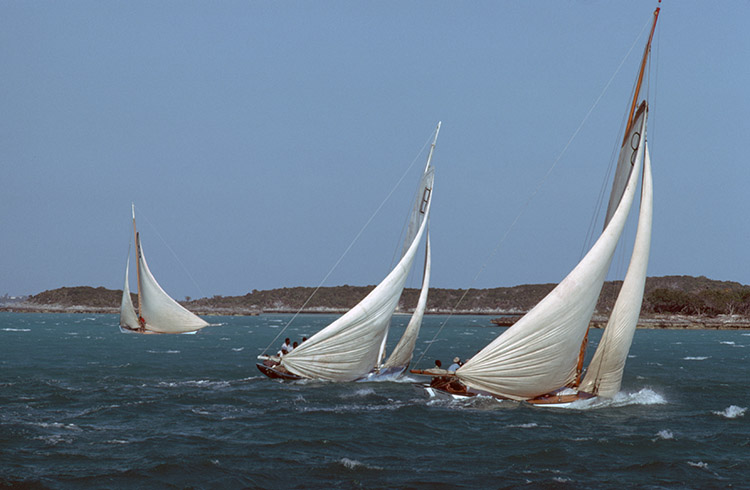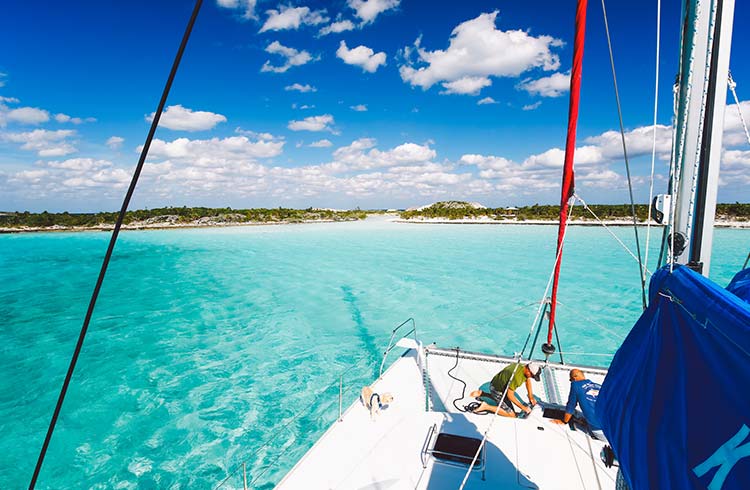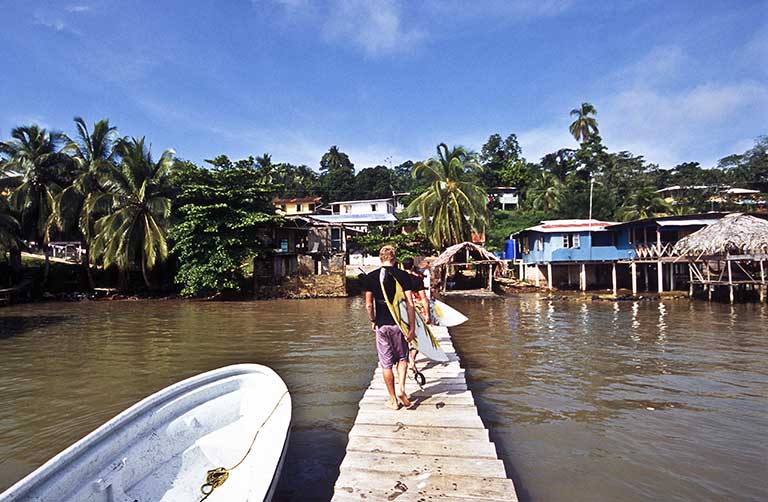Native Boat Regattas in The Bahamas
There’s no better way to experience the unique culture of The Bahamas than at its annual regatta, where the Out Islanders display their seafaring skills in locally made boats. Jack Reec takes us aboard.
Shares
 Photo © Venture Minimalists/Flickr Creative Commons
Photo © Venture Minimalists/Flickr Creative Commons
In The Bahamas, the sea surrounds and nurtures each gem-like island. There are times when it tests a person’s mettle, tries their soul, and tempers both to produce a hardy breed of sailors who take pride in their power to live in harmony with the powers of the wind and waves. They are the Out Islanders. Here, seamanship is the measure of a person. They set out to sea in locally built boats of horseflesh (a strong local wood ideal for inner boat timbers), and heart pine. The tradition was born soon after The Bahamas were settled.
- History of the regatta
- The National Family Island Regatta
- Trip Notes
- Listen to the World Nomads Podcast: Caribbean
History of the regatta
The boatbuilding traditions here are strong. Each island community takes pride in its own unique craft. They range from Bimini “bonefishers” to Abaco dinghies to single-masted sloops and twin-masted schooners. There are few plans for these vessels, the construction and hull forms are passed down through many generations. In the early days the boats shared much with the boat-building traditions of West Africa. There are many characters among the boatmen, notably Mark Knowles on Long Island. Mark is the man to beat on the one day above all others that is paramount in the demonstration of prowess under sail – Race Day. They say he builds the fastest sloops in the Bahamas.
I witnessed my first race day many years ago off Mangrove Cay, Andros Island. I loved sailing, but I was more fascinated by an undercurrent that ran through the regatta. It was rumored that the islander's knowledge of the winds and waters came to them from an ancient and magical connection upwelling from their African roots. They called it Scratch. Elsewhere in the Caribbean it is called Obeah or Santeria, and its roots are in Nigeria’s Voodoo traditions.
Before the regatta, I gently raised the topic with the regulars at McPhee's Diner. Contestants gathered in this ramshackle collection of huts to eat, drink, and measure up the competition. I was directed to a man who slept on the settlement beach. He had but one arm and one leg. I found him late in the afternoon under a casuarina tree and we talked well into night over a bottle of Mount Gay rum. From him I learned that there had indeed been some “spell casting” in the weeks prior to the race. I was told exactly which sloop would win by using an offshore wind that would arise exactly at 3pm. The prediction was eerily and absolutely accurate.

The National Family Island Regatta
Race Day is officially known as the National Family Island Regatta. The annual event began in 1954 with the intention of keeping Bahamian boat building and sailing traditions alive. The event has done its job. Mark Knowles learned boatbuilding from his grandfather and father. He’s typical of others who represent generations of local knowledge. More important still, many younger Bahamians are taking an active interest in the tradition, indicating that the future is pretty well assured.
In August 2019, the impact of Hurricane Dorian on the Abacos, especially Marsh Harbor, where boat building was centered for many years, put the viability of this tradition in question. But the storm was no match for the ongoing spirit of the regatta.
There’s no better way to experience the breathtaking beauty of these semi-tropical waters, no better way of meeting the Bahamian Out Islanders and of getting to know their unique, seafaring culture than the regatta. Many will watch from the shore. Others will arrive early, get to know the regatta officials and the sailors – and perhaps get a spot on one of the fleet of official boats stationed on the start line. This is the best vantage point.
Luckier still will be those cruising The Bahamas in their own boats. Regatta officials often allow the visitor fleet to moor near the start line, in the very midst of the action. This is the single best way to enjoy the regatta. The event is a visual feast, a photographers dream, and a rare opportunity to experience a centuries-old tradition that is alive and well.
Getting there
Nassau, The Bahamas is served by major US airlines feeding into Florida and leaving from two major hubs, Miami and Ft. Lauderdale. Airlines and smaller charter services fly directly into Exuma International Airport from these hubs for approximately US $600 round trip. Schedules run throughout the week. In addition, ferry services and charter boats travel from Potters Cay in Nassau direct to Exuma, 35 miles south of New Providence. The air-conditioned ferry service costs as little as US $50. Charter flights cost around US $200 round trip.
Being there
The 635 Cays of the Exumas offer a wide variety of modern, quality accommodations, at least twenty with excellent reviews. Most are centered around Marsh Harbor.
Listen to the World Nomads Podcast: Caribbean
Learn about safety in Jamaica, bomba dancing in Puerto Rico, the hidden Dominican Republic, and more.
Related articles
Simple and flexible travel insurance
You can buy at home or while traveling, and claim online from anywhere in the world. With 150+ adventure activities covered and 24/7 emergency assistance.
Get a quote


1 Comment
As an interesting fact Bahamas is such a lowland. “The highest point of Bahamas is Mount Alvernia, with its official height being 63 m (207 ft).